As an Amazon Associate I earn from qualifying purchases.
In the golden days of eBay, fees were a flat 10% of the sale price per item (they didn’t take fees from the shipping cost).
Then they started taking fees out of the shipping as well.
Then they moved to managed payments where they also charged a transaction fee and (even more sneakily) did away with monthly invoices.
This means that most sellers have almost no idea what their actual fees are since eBay simply takes out their fees and only sends the balance to the seller.
Many sellers who use promoted listings are surprised to find out that they’re paying up to 25% in fees. Not only is this painful to your bottom line, but the obfuscation feels a bit disingenuous.
So, if order to help you keep as much of your money as possible, let’s talk about how much eBay takes from each sale, what that breakdown looks like, and what you should/shouldn’t pay for.
*Do note that this breakdown is based on sellers in the United States. Fees for international sellers are different (and eBay also takes a currency exchange fee).
What Percentage Does eBay Take?
If you’re looking for a quick answer to try and do some spitball math, here’s your answer:
For the majority of popular sales categories, eBay takes 13.25-15% of the sale’s final value (item cost + shipping) plus a $.30 transaction fee. The percentage taken in fees varies based on the category the item is listed in and whether or not you (as a seller) have a personal or store account. Listing fees, transfer fees, and sales tax are not included in eBay’s fee percentage. The average eBay seller ends up paying eBay between 16-18% in total fees.
Here’s the breakdown of the fees for some of the categories that are the most popular for resellers like us:
| eBay Category | Fee Percentage (+ $0.30 per order) |
|---|---|
| Most Categories (Including most clothing, electronics, home goods, tools, etc.) | 13.25% |
| Books & Magazines Movies & TV Music (except Vinyl Records) | 14.95% |
| Heavy Equipment Parts & Attachments > Heavy Equipment Printing & Graphic Arts > Commercial Printing Presses Restaurant & Food Service > Food Trucks, Trailers & Carts | 3% |
| Musical Instruments & Gear > Guitars & Basses | 6.35% |
| Men > Men’s Shoes > Athletic Shoes Women > Women’s Shoes > Athletic Shoes | 13.25% for sales under $150 (no $.30 fee) |
| Women’s Bags & Handbags Jewelry & Watches | 15% |
Do note that there is some relief if you’re selling very expensive items as the fees drop significantly on very high-priced sales (as in: over $5,000 or $7,500 depending on the category)
Also, if you are a top-rated seller or have a store subscription your fees will be marginally lower.
(You can see a complete breakdown of fees here)
Why Are eBay Fees So High?
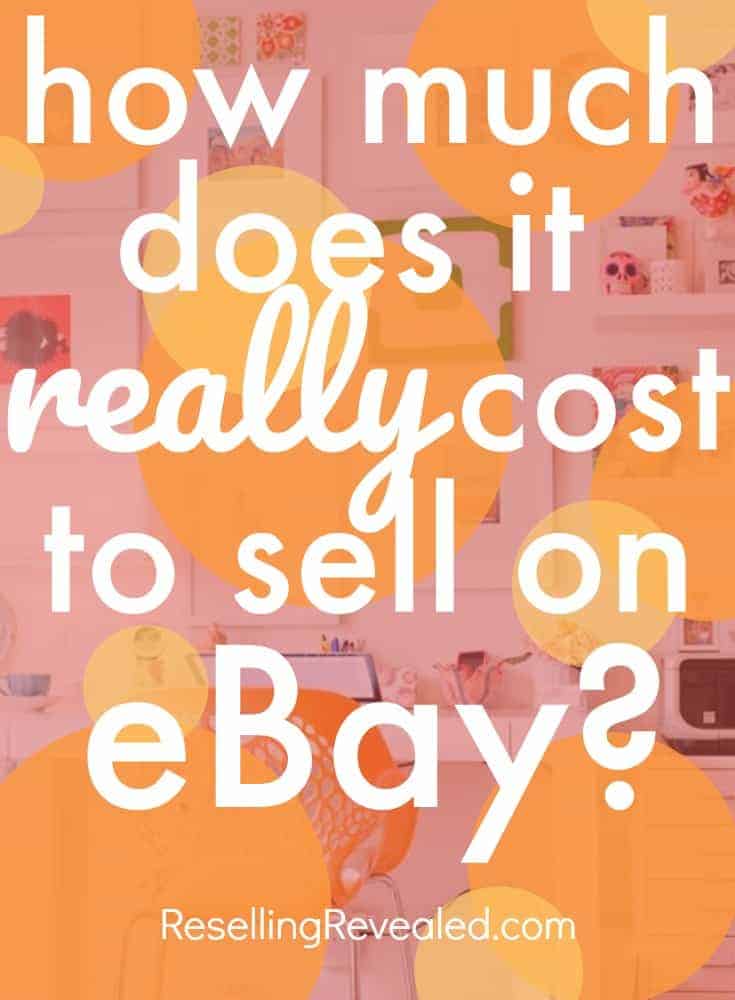
As offensive as it is for some people, it’s not surprising at all that eBay charges to sell on their platform. If you are one of those special people who think that eBay should simply provide a cheaper (or free) service then you probably don’t understand how selling platforms work.
You must understand that eBay is providing a service. They do all of the marketing, hosting, development, etc., and give you access you millions of potential buyers. You cannot do better outside of eBay.
If you think you can, please let me know of your genius. If you can do all the above and still maintain 85% margins (not accounting for inventory cost) then you are a business unicorn.
However, it’s not all roses. eBay’s loyalties are not necessarily with their sellers. Which explains the consistent fee increases.
So who are they loyal to? Their shareholders of course. eBay is a publically traded company and shareholders want to see increasing profitability forever. It’s not reasonable but that’s the demand and why I would not be surprised to see eBay keep raising fees in the future.
If you check out other platforms (Amazon, Poshmark, etc.) and physical locations such as consignment stores and you’ll be hard-pressed to find someone that takes less than 20%. And that is typically at a place with much less traffic, trust, and brand recognition than eBay.
However, it’s still a good business practice on your end to reduce your fees as much as possible.
So let’s take a look at our fees and talk about how we cut the fat.
Our eBay Fee Breakdown (Monthly Basis)
Let’s start off by saying that the amount eBay charges can vary slightly depending on what categories you sell in, your listing format, how long items take to sell, etc. We’ll use one of our stores as the example, as it is pretty representative of what the average seller is doing on eBay:
Monthly Store Stats:
Total sales for the month: $8,688.98
Average Active Listings During the Month: 1510
Store Level: Premium ($59.95/month)
Insertion Fees: $0
Transaction Fees: $63.30
Promoted Listings Fees: 132.85
Fees Paid: $1,369.16 (Not accounting for some final value fees credited for returns)
Total Fee Percentage: 15.75%
Total eBay Fees
If you did the math from the above info, you can see that we end up paying a bit more than standard fees. However, our store subscription saves us money that we turn around and spend on promoted listings.
The truth is: average fees for eBay sellers typically range between 14-16%. On your Payment Page, you can find an itemized breakdown of everything that contributed to your invoiced amount for fees over any given period.
So – now that we know what percentage eBay takes, let’s talk about why they’re taking it…
What does eBay charge for?
- Store Subscription. We currently pay for a Premium Store on a monthly basis for this account. Paying for a store at some level is nearly always advantageous for volume sellers because it lowers the amount that eBay takes in fees. Our store subscription gives us free listings every month, lower insertion fees, and lower final value fees. Most stores save around 1% in final value fees per month. Check out how much eBay charges for each of its stores and how it’ll affect your fees here.
- Final Value Fees. eBay charges their Final Value Fee (which is what most people think of as “eBay Fees” at the time of the sale. The percentage depends on the category of the item sold but it’s typically between 13.25-15.00%.
- Listing Fees. Every time you list (or re-list) something eBay takes a fee. Store owners get a limited number of free insertions every month but for everyone else (or after you use up your free options) it runs around $0.30 per listing. Now that all eBay listings are Good ’til Canceled you don’t get around any fees. It just means that you automatically pay the fee every month when the item is relisted. If you have 1,000 items that aren’t selling quickly this can add up pretty fast!
- FedEx Shipping Fees. If you ship an eBay item via USPS they pull the money for the label out of your account as soon as you click “Ship.” However, if you ship via FedEx, the cost is simply subtracted from your balance.
- Promoted Listings. If your choose to utilize promoted listings in your business model then you’ll pay for anything that is sold through a promoted listing click. We typically managed our promoted listing costs by promoting everything in our store at the same 2% rate.
Why Does eBay Charge Fees On Shipping?
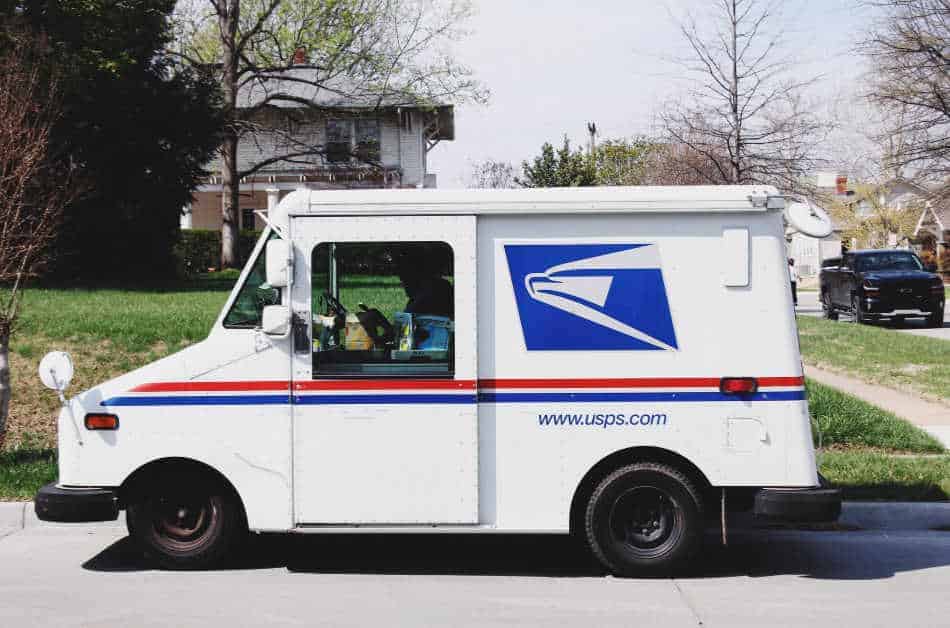
When any item sells, you pay a final value fee which comes off of the combined total purchase price + shipping. This bothers many sellers as they feel like they have to make up the shipping difference out of pocket. (spoiler: they don’t actually because eBay bulk shipping saves you more money than eBay takes).
In the old days, the cost was charged only on the price of the item. Knowing this, scumbags who wanted to sell for free on eBay started listing their $150 items for $0.01 with $149.99 in shipping which meant they paid virtually nothing in fees.
So, to keep scammers at bay, eBay now charges fees on the entire value of the order.
How Do I Pay My eBay Fees?
One of the greatest things about eBay’s Managed Payments is that you no longer have to worry about paying your fees.
In the “olden days,” you’d get an invoice at the end of the month that you had to pay in full if you wanted to keep selling.
Now, however, fees are deducted automatically every time you sell something and you no longer have to manually pay fees.
In the unlikely event that your fees are more than your balance (you had an expensive return, for example) then eBay will charge the payment method that you have on file.
How Do I Lower The Percent Of eBay Fees I Pay?
Unfortunately, the options for actually lowering your eBay fees are almost non-existent. There is no free lunch and people who claim to be able to sell on eBay for free are a dying breed of scam artists.
If you’re still shocked by the amounts eBay is taking from your eBay sales each month, you can utilize an eBay Fee Calculator to get an idea of what you’ll be charged.
So Is It Still Worth It To Sell On eBay?
For us, yes. Although there are downsides, eBay really does provide an amazing service.
If you have never tried to build your own website, you may take for granted how magical it is to be able to post your item somewhere and get tons of traffic. If you want to get your feet wet selling online, we still maintain that eBay is the best place to do it.
Even though it seems that your fees may add up quickly, eBay’s fees are similar to Mercari’s fees and significantly lower than Poshmark’s.
Now that you are aware of the true costs of selling on eBay, you can judge for yourself, is it worth it? Well, ask yourself this, what are you losing by not selling on eBay? And where are you going to sell instead?

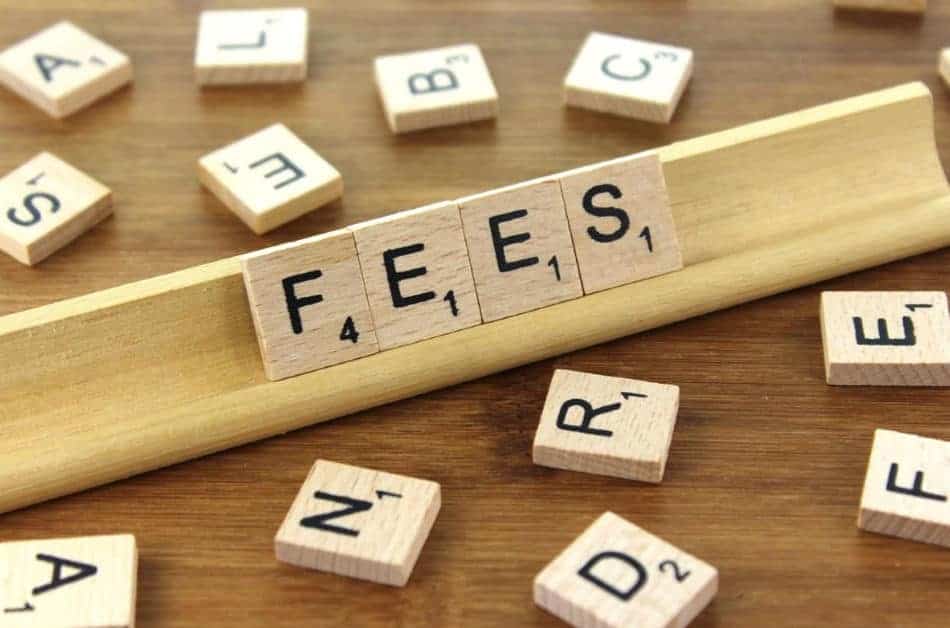


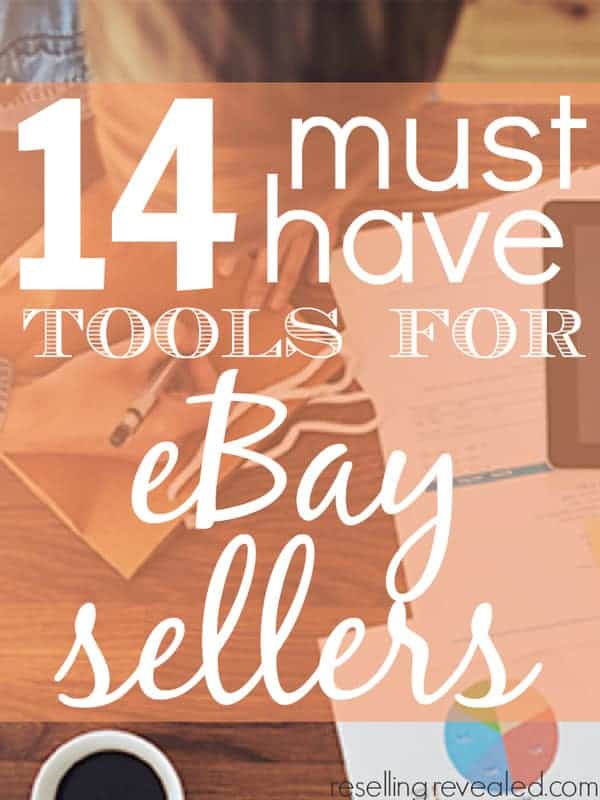
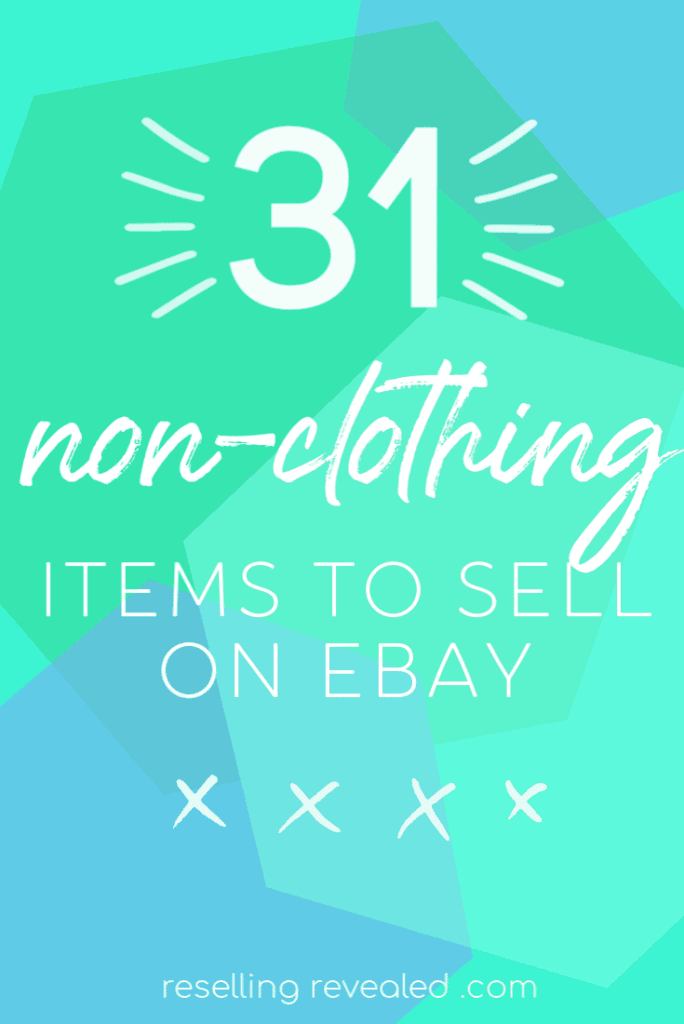


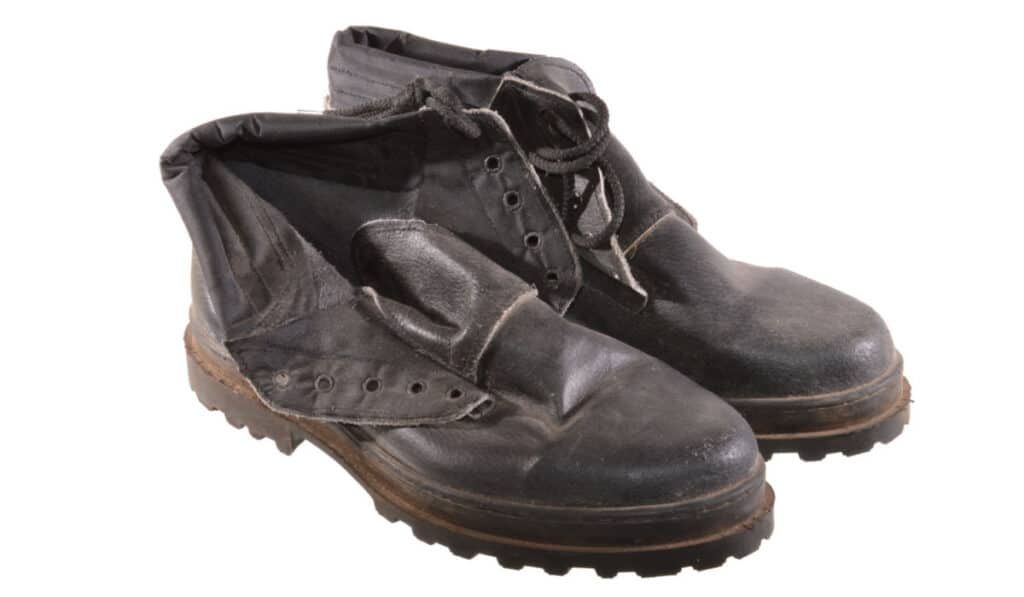

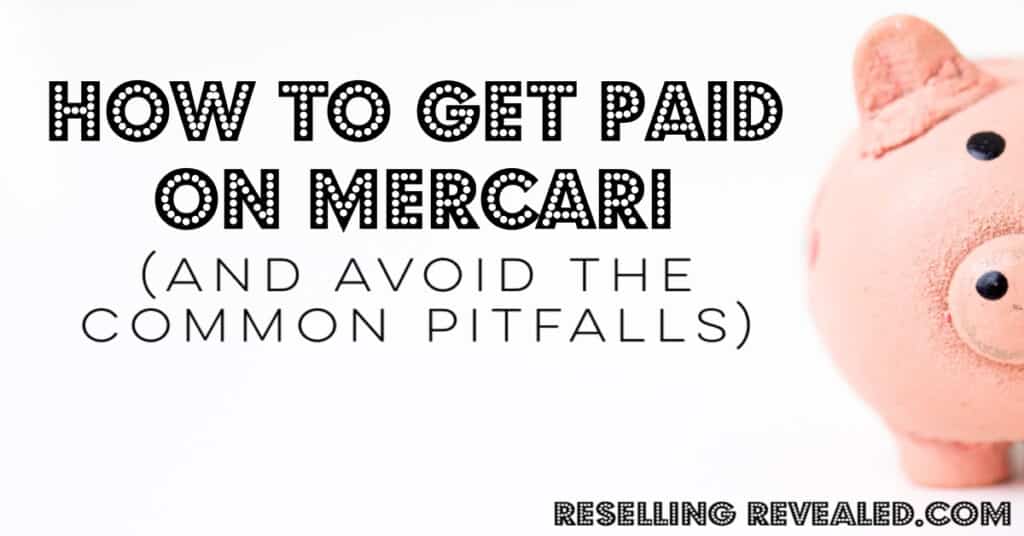

Thank you for writing these articles. They do help give a different perspective to the ebay experience. Especially for those of us who have been on ebay for a long time and have seen the progression and escalation of fees. I started almost 20 years ago selling model trains. I believe the fee was 3% back then. Then they added fees on shipping costs like you mention in this article. Then up to 10% etc. etc. I just sold my first item on the new “managed” plan and was not happy that it will take 7 – 8 days to get my money while having to pay to ship the item within a 4 day window. I’m also not happy that on the managed plan they now charge the 12.35% fee on sales tax. That adds up on higher priced items going to states with high tax rates. It also was a shock that shipping costs to buyers have skyrocketed, but as a seller, I get a 50% discount on the shipping fee. How long do you think it will take before buyers, myself included, will start complaining to sellers that they know you pay half what they are being charged for shipping ? My buyer was charged $82 for an 18 lb box using UPS going from Pa to Ca. I paid $41. Maybe if the items you are selling are small and light weight, the shipping cost and sales tax fees won’t be that significant. Modern Lionel style model trains are large, heavy, and costly, so the fees end up being significant. Train buyers are born Scotsmen (not willing to part with an extra penny) LOL and aren’t going to want to pay the higher prices that will need to be charged to offset the higher fees. Like you say, you have to see if the new managed ebay model will work for your business. It was a shock for me. I’ll have to evaluate for the future. With Covid restrictions, online selling is just about the only place you can sell now. Thanks again for your insightful articles. Good luck with your ebay business.
ebay sucks and it gets worse and worse. It was decent back in the day when the dual feedback system was still in place, plus multiple payment methods. Now its pretty much, seller beware.
Unfortunately, there is no competitor site for a seller to go to. I have looked thoroughly. There are some niche places, but nothing thats a catch all. So basically, they have no competition and their fees just keep creeping higher.
It seems since ebay started using the managed payment system, like Mercari uses, I am making a lot less money now than I did before. I was shocked to see a payout of only $4.00 bucks on an item I sold for $12.95 and where shipping cost were $3.00 out of that. Then realized they were taking shipping cost for another sold item right after that out of that payout. It’s very confusing and hard to keep track with such a system.